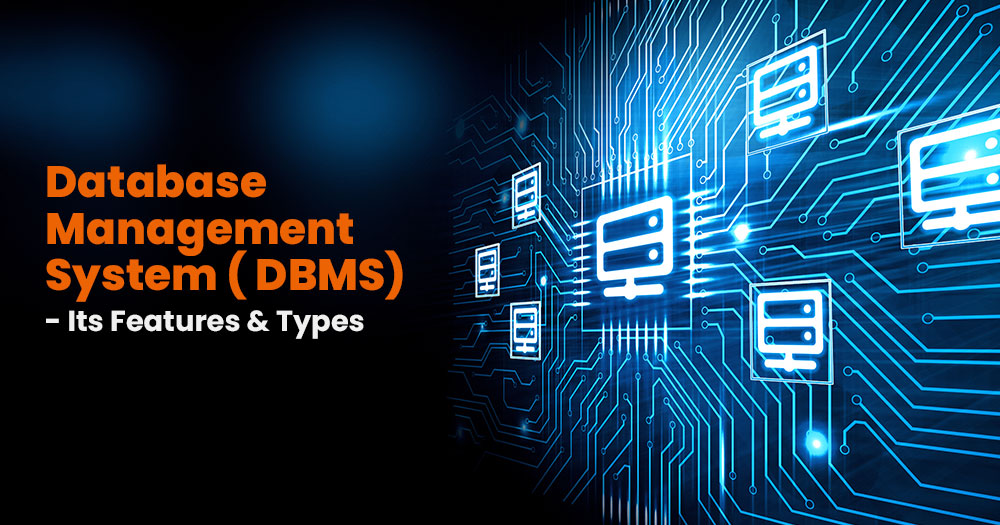In the intricate web of modern technology, where data reigns supreme, the backbone that supports its seamless flow is none other than the Database Management System (DBMS). From its humble beginnings to its pivotal role in today's digital age, the evolution of DBMS is a testament to humanity's relentless pursuit of efficient data organization and utilization.
The journey of DBMS dates back to the 1960s when businesses began grappling with the challenges of handling large volumes of data efficiently. Initially, flat file systems were used, but they soon proved inadequate for the burgeoning data needs. In response, the first generation of database management systems emerged, characterized by hierarchical and network models. These early systems laid the groundwork for the structured storage and retrieval of data, albeit with limited flexibility.
The advent of the relational model in the 1970s marked a significant milestone in the evolution of DBMS, spearheaded by Edgar F. Codd's groundbreaking work. Relational databases introduced the concept of organizing data into tables with rows and columns, along with the revolutionary Structured Query Language (SQL) for querying and manipulating data. This paradigm shift democratized data access and empowered organizations to derive valuable insights from their vast datasets.
Subsequent decades witnessed a rapid evolution in DBMS technology, with the emergence of object-oriented databases, NoSQL databases, and distributed databases, each catering to specific use cases and scalability requirements. These advancements propelled the capabilities of DBMS beyond traditional relational models, enabling support for unstructured data, real-time analytics, and distributed computing environments.
In today's digital landscape, where data is generated at an unprecedented pace, the role of DBMS has never been more crucial. Enterprises rely on robust database management systems to store, organize, and secure their mission-critical data assets. Whether it's managing customer information, processing financial transactions, or analyzing user behavior, DBMS serves as the linchpin that enables seamless data operations across diverse domains.
Moreover, the advent of cloud computing has further revolutionized the DBMS landscape, offering scalable and cost-effective solutions for deploying and managing databases. Cloud-based database services, such as Amazon RDS, Microsoft Azure SQL Database, and Google Cloud Spanner, provide organizations with the flexibility and scalability needed to adapt to evolving business requirements.
Looking ahead, the trajectory of DBMS evolution continues unabated, driven by trends such as big data, artificial intelligence, and the Internet of Things (IoT). As data volumes continue to soar and new technologies emerge, the role of DBMS in facilitating data-driven decision-making and innovation will only become more pronounced.
In conclusion, Database Management Systems stand as the cornerstone of modern data infrastructure, enabling organizations to harness the power of data for strategic advantage. From their humble origins to their pivotal role in today's digital ecosystem, DBMS continues to evolve, adapt, and shape the future of data management and analytics.





Comments